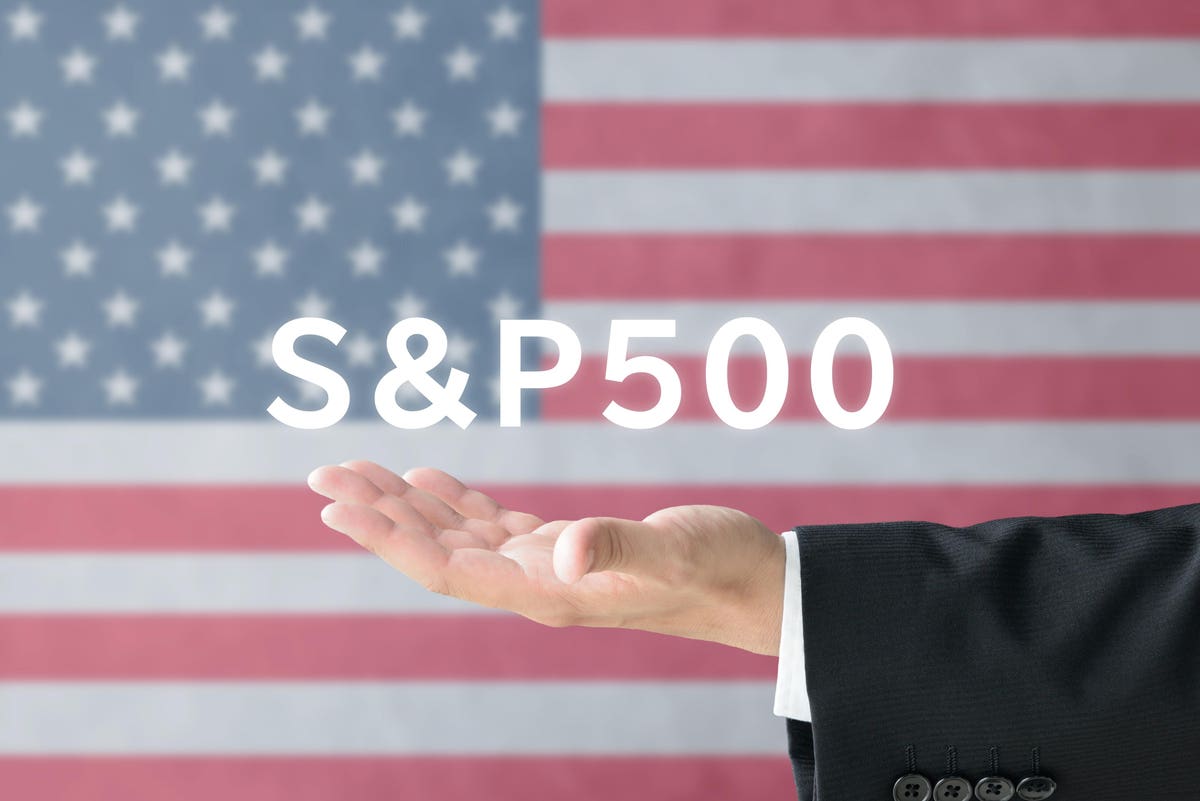Purists say there is no signal from the past that will affect the price of the future in equity markets. This should be more true of indices which have many random components all noisily gyrating together. Yet most of us instinctively see that charts are not random. We are indeed often “fooled by randomness” as Nassim Nicholas Taleb’s best seller maintains, but the markets are not perfectly random and these days, much less random than they were when they were allowed to get on and do their thing. Also markets go through a spectrum of randomness, from utterly, to mostly, to mainly random and on rare occasions like a repricing on news they lose most of their randomness entirely for a time.
My theory is simple: if people know a charting theory and watch out for it in a big way, it won’t work or even appear, but the minute you start looking at things no one else cares to examine or simply can’t because they don’t have the tools or inclination, then non-randomness can be much in view. One of those things not often regarded in stocks and indices is the long term.
So here is a long-term chart to give you a cold shower:
This is a very bearish chart straight out of the 101 beginner’s guide to trading. Back when I first used to draw on charts, when I was a little kid, this was called a double top, a warning the bull market in that asset was over. The idea was the market always gives you a second chart to sell and flee; this is clearly not the best theory ever spun up, but the bearishness of a double top remains in good stead. These days some folks call it a head and shoulders but I am no fan of that metaphor purely on aesthetic reasons. While looking for the head leaves me cold, the ‘head and shoulders’ remains a bearing idea.
If one enormous double top was not enough, there is another one at the end of the recent rally.
Now this is not a reason to jump off the stock market train but it is a very good reason to:
1) Tidy up your portfolio and de-fluff it, which is always a good idea from time to time
2) Keep a beady eye on goings on.
Underlying the whole market is the Federal Reserve’s balance sheet. They will bring this down until something breaks and then they will zig and zag to make sure there is no crash, like they did with the recent banking crisis.
This is how they are getting on:
That is not too shabby in the circumstances and you can see where they zig-zagged when Silicon Valley Bank, etc. folded.
But there is another layer to the onion. The reverse repo market, where banks stash the excess cash the Fed QEd into the system. It’s money they can’t or won’t use and it’s only for the big boys not the little banks that ran out of cash a few months back.
Here is that chart:
To get inflation down, this money has to be sucked out of the system and you can see it now dropping fast. This is the Fed tightening, which means in practice shunting cash into less liquid instruments or giving back the once bidless paper they bought to the issuers that sold it to them to stay afloat. You can’t suck the money out too fast because the little guys are going to end up broke first and go bust before the big banks draw down and it might even make the big boys run for cover and stash even more cash.
This is one of the reasons for the Silicon Valley Bank farrago. They simply didn’t have access to liquidity so when they money tide started to go out, they were the first to be stranded while the banking whales remained up to their blowholes in Fed cash.
So the balance sheet is coming down and the surplus cash lake in reverse repo is coming down, so the question is only, can they complete the task ahead without breaking something else, or perhaps without breaking stuff too badly?
So this is why the current double top is worrisome. It’s not time to run away but it is time to focus.
It is not the Federal Reserve’s fault that the world economy lost trillions in the Covid lockdowns and chose to step in and keep the world economy spinning by printing money. There is still plenty of comeuppance baked into the situation and it is a tightrope walk to avoid it suddenly appearing all at once rather than it be smoothed and spread out over the next 2-3 years.
My speculation is we will see a period of sideways trading up to the U.S. presidential election. With the flying circus of U.S. politics as it is, no one is going to want a crash between now and the big day and there are levers to push and pull to keep the markets on the tracks.
Read the full article here











Leave a Reply